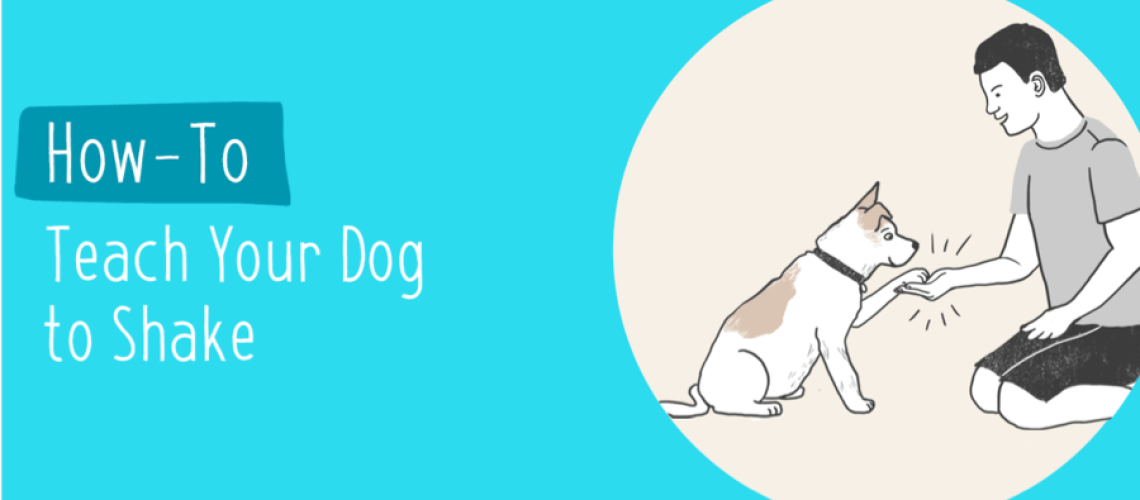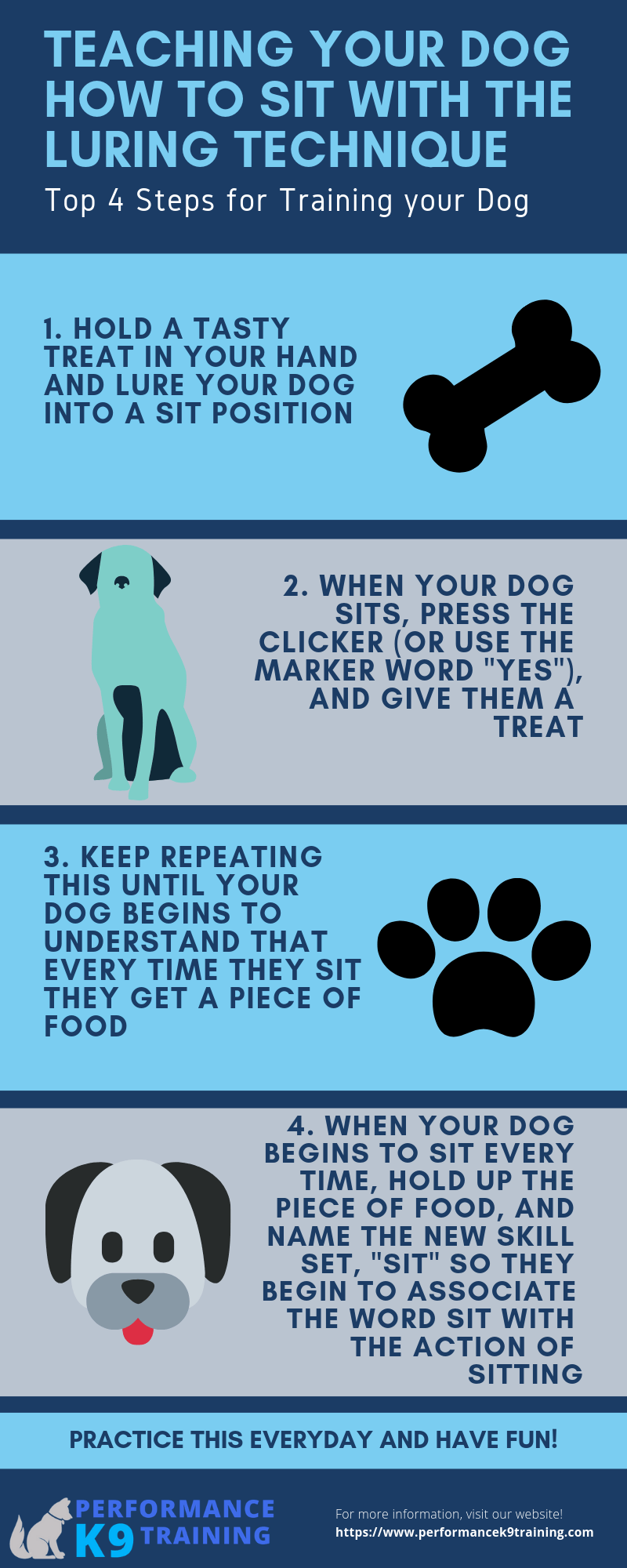Key Takeaways:
- Start by teaching your dog basic commands like "sit" and "stay" before moving on to shake paws.
- Use positive reinforcement, such as treats or praise, to reward your dog when they successfully shake paws.
- Break the training process into small steps, gradually increasing the difficulty as your dog becomes more comfortable with shaking paws.
- Consistency is key - practice the shake paws command regularly and in different environments to reinforce the behavior.
- Be patient and understanding with your dog during the training process, as every dog learns at their own pace.
Are you tired of your dog's paw-shaking skills being a little lackluster? Imagine the joy and pride you'll feel when your furry friend confidently extends their paw to greet others. Not only will this impressive trick impress your friends and family, but it also has practical benefits. Teaching your dog to shake paws can help improve their socialization skills and build a stronger bond between you two.
Get ready to unleash your dog's potential and watch them become the life of the paw-ty!
How to Teach Your Dog to Shake Paws: The First Step
Introducing the Concept of Shaking Paws
The first step in teaching your dog to shake paws is to introduce them to the concept. Start by getting your dog's attention and showing them a treat in your hand. Then, raise your hand slightly and gently touch their paw. As soon as they lift their paw even just a little bit, give them lots of praise and offer them the treat. Repeat this process several times until your dog starts to understand that lifting their paw will result in a reward.
Building Trust and Bonding with Your Dog
Training your dog to shake paws is not only about teaching them a trick but also about building trust and bonding with them. Spend quality time with your dog every day, engaging in activities they enjoy. This could include playing fetch, going for walks, or simply cuddling on the couch. By establishing a strong bond with your dog, they will be more motivated to learn new tricks like shaking paws.
Using Treats to Train Your Dog to Shake Paws
The Power of Positive Reinforcement
When it comes to training dogs, positive reinforcement is key. This means rewarding your dog for good behavior rather than punishing them for mistakes. Treats can be an effective tool for positive reinforcement when teaching your dog to shake paws. Every time your dog successfully lifts their paw, immediately give them a treat and praise them enthusiastically. This positive association will encourage them to repeat the behavior in order to receive more rewards.
Selecting the Right Treats
Choosing the right treats is important when training your dog. Opt for small, soft treats that are easy for your dog to chew and swallow quickly so that training sessions can continue smoothly without interruptions. It's also a good idea to use treats that your dog finds particularly tasty and motivating. Experiment with different types of treats to see which ones your dog responds to best.
The Importance of Positive Reinforcement in Dog Training
Why Positive Reinforcement Works
Positive reinforcement is a highly effective training method because it focuses on rewarding desired behaviors rather than punishing unwanted behaviors. When you use positive reinforcement, your dog learns to associate their actions with positive outcomes, such as treats, praise, or playtime. This creates a positive and enjoyable learning experience for your dog, making them more eager to participate in training sessions.
Building a Stronger Bond with Your Dog
Using positive reinforcement not only helps train your dog but also strengthens the bond between you and your furry friend. By focusing on rewarding good behavior, you create a positive and loving environment for your dog. This fosters trust and deepens the connection between you and your pet. Positive reinforcement training can be a fun and rewarding experience for both you and your dog.
Breaking Down the Training Process for Teaching Your Dog to Shake Paws
Step 1: Paw Touching
Start by gently touching your dog's paw while offering them a treat as soon as they lift their paw even slightly. Repeat this step several times until they consistently lift their paw in response to the touch.
Step 2: Adding Verbal Cue
Once your dog is comfortable lifting their paw when touched, introduce a verbal cue such as "shake" or "paw." Say the cue just before touching their paw and reward them when they respond correctly. Repeat this step until they start associating the verbal cue with lifting their paw.
Step 3: Extending Paw Duration
Gradually increase the duration your dog keeps their paw lifted. Start by rewarding them for a brief moment of holding their paw up and gradually extend the time before giving them the treat.
Step 4: Shaking Motion
Once your dog is consistently lifting their paw, gently hold their paw in your hand and give it a slight shake while saying the verbal cue. Reward them when they respond with the shaking motion. Repeat this step until they start to understand that shaking their paw is what you want.
Overcoming Challenges When Teaching Your Dog to Shake Paws
Paw Sensitivity
Some dogs may be sensitive about having their paws touched, which can make teaching them to shake paws more challenging. To overcome this, start by simply getting your dog used to having their paws touched without any pressure or lifting. Gradually increase the pressure over time as they become more comfortable.
Lack of Motivation
If your dog seems uninterested or unmotivated during training sessions, try using higher-value treats or toys as rewards. Additionally, keep training sessions short and engaging to maintain your dog's interest and enthusiasm.
How Long Does It Take for a Dog to Learn How to Shake Paws?
Teaching a dog to shake paws can vary in duration depending on the individual dog's personality and learning ability. Some dogs may pick it up quickly within a few days of consistent training, while others may take several weeks or even months. The key is to be patient, consistent, and positive throughout the training process. Celebrate each small success along the way and remember that every dog learns at their own pace.
Additional Tricks and Commands Similar to Shaking Paws
There are many other tricks and commands that you can teach your dog using similar techniques as shaking paws. Some examples include:
- High Five: Teach your dog to raise their paw and touch your hand with it, just like giving a high five.
- Wave: Train your dog to lift their paw in a waving motion without making physical contact with your hand.
- Fist Bump: Encourage your dog to bump their nose or paw against your closed fist as a playful greeting.
- Spin: Teach your dog to turn in a circle on command by using treats and guiding them with gentle pressure.
Remember to break down these tricks into smaller steps, use positive reinforcement, and have fun while training your dog.
In conclusion, training your dog to shake paws can be a fun and rewarding experience. By using positive reinforcement and patience, you can teach your furry friend this impressive trick and strengthen the bond between you both.
Should I teach my dog shake or paw?
Once your dog consistently puts their paw on your hand, you can begin to introduce a verbal command of your choosing. "Shake" is typically used, but you can use any word you prefer. Right as you extend your hand and your dog's paw is about to touch it, say the command, then offer praise or a click and treat.
Which paw do dogs shake with?
One popular trick that dogs can learn is called "the shake." Dogs can be trained to shake with all four of their paws, including their back paws. To make it easier to remember, a naming convention can be used, such as using the numbers one and two for the front paws and three and four for the back paws (where one represents the dog's right paw and two represents the left paw). This trick can be taught with just a little bit of practice and consistency.
What is a trick you shouldn't teach your dog?
While a dog sitting or lying down on command may not be an issue in most situations, certain tricks such as jumping, spinning, giving high fives or hugs and kisses can cause problems for both you and your dog.
Why not to teach a dog to shake?
When we train a dog to shake, we are essentially teaching them to place their paw on a person. However, for many dogs, it is difficult for them to distinguish between when one paw is acceptable and when two paws are not. This can lead to a well-behaved dog jumping on people, which can potentially cause harm.
What age can a dog learn shake?
Nevertheless, it is crucial to have a training program that emphasizes patience, positivity, and encouragement. Puppies can start learning the fundamentals as early as 8 to 10 weeks old.
Can all dogs learn to shake?
Teaching dogs the trick of shaking hands is a fun and relatively simple process, and most dogs can learn it quickly. After just a few brief training sessions, your dog will start offering its paw for a shake whenever they meet someone new.

















